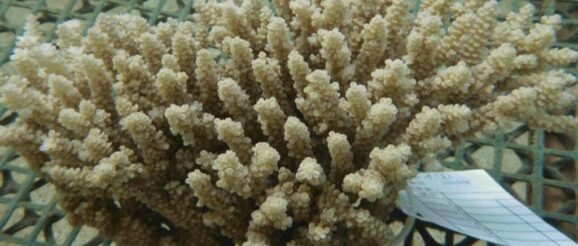Breakthrough in coral research: The first stable coral cell lines have been cultured boosting global efforts to help corals – Innovation Toronto

Importantly, it is the cells in the endoderm that incorporate the symbiotic algae, which photosynthesize and provide nutrients to sustain the coral.
“At this point in time, the most urgent need in coral biology is to understand the interaction between the coral animal and its photosynthetic symbiont at the cellular level, and how this relationship collapses under stress, leading to coral bleaching and death,” said Professor David Miller, a leading coral biologist from James Cook University, Australia, who was not involved in the study.
He continued: “Subject to confirmation that these cells in culture represent coral endoderm, detailed molecular analyses of the coral/photosymbiont interaction would then be possible – and from this, real advances in understanding and perhaps preventing coral bleaching could be expected to flow.”
For Professor Satoh, his interest is in how the photosymbiotic algae cells, which are almost as big as the larval cells, initially enter the coral.
“The algae are incorporated into the coral cells around a week after the larvae first develop,” said Prof. Satoh. “But no one has yet observed this endosymbiotic event on a single-cell level before.”
A new era for coral cell research
The scientists also found that the coral cell lines were still viable after being frozen with liquid nitrogen and then thawed. “This is crucial for being able to successfully supply the coral cell lines to research laboratories across the globe,” said Professor Satoh.
The implications for future research using these cell lines are far-reaching, ranging from research on how single coral cells respond to pollution or higher temperatures, to studying how corals produce the calcium carbonate that builds their skeleton.
Research could also provide further insight into how corals develop, which could improve our ability to farm coral.
In future research, the team hopes to establish cells lines that are clonal, meaning every cell in the culture is genetically identical.
“This will give us a much clearer idea of exactly which coral cell types we are growing, for example gut-like cells or nerve-like cells, by looking at which genes are switched on and off in the cells,” said Professor Satoh.
The rats prospered, out-competing, eating, or otherwise driving off native species, and fragile island ecosystems suffered. However, new research suggests that these remote, isolated ecosystems can …
